Rain to Rubbish
Source: Stu News Newport – https://stunewsnewport.com/index.php/2-uncategorised/14903-guest-column-hon-robyn-gran-041823
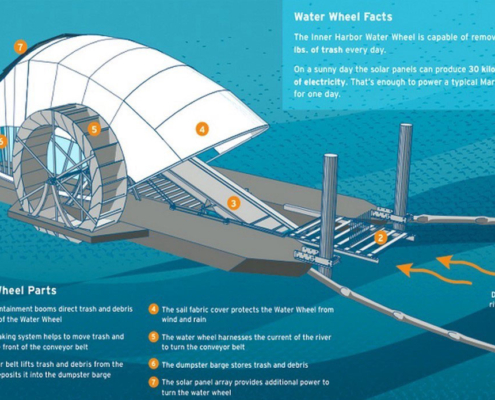
A close-up example of the trash interceptor
March showers have given way to April flowers. The recent storms left in their wake perfect conditions throughout Southern California for thriving vegetation – a super bloom resulting in lush landscapes carpeted with abundant wildflowers.
The storms also replenished many of our major water supply reservoirs and significantly refilled our groundwater basin, resulting in higher-than-average levels compared to many years when these resources remained in limited supply indefinitely.
These same storms have another, less favorable effect on our community, as Newport Beach is at the end of the water “pipe” when it comes to trash and debris flow. Much of the trash deposited on our local beaches and in our bay originates inland. It is transported here during rain events through storm drains, flood control channels, and rivers and creeks. The result, a significant increase in trash and debris hurtling downstream and depositing in our midst. This includes pollutants like fertilizers, pesticides, chemicals, animal and human waste, and oil and car debris, as well as common trash.
The city takes the impact of this trash very seriously. Street sweeping covers 36,000 miles a year keeping debris from reaching our waterways. Maintenance crews clear close to 800 tons of material from our beaches each year. A “debris boom” in Upper Newport Bay collects an additional 80 tons a year. The Harbor Department pitches in to clear floating debris after storm events. Other measures include storm drain and catch basin capture devices and marina trash skimmers deployed throughout the bay.
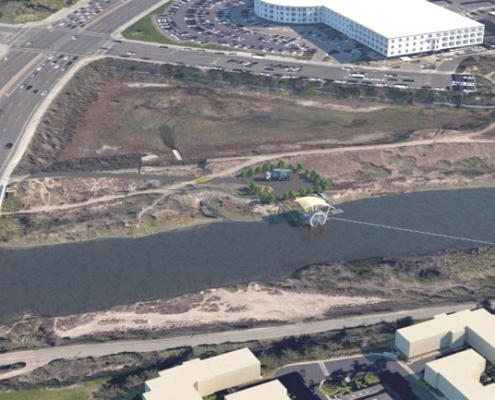
Conceptual photo showing trash interceptor positioned in San Diego Creek just above entry into the Back Bay
Another project in the works: The city is planning to install a water wheel trash interceptor 800 feet upstream from Upper Newport Bay. The 17-foot-tall wheel on a 70-square-foot barge (picture a conch shell crossed with a steamboat) will be permanently docked to intercept up to 80% of the trash flowing from inland Orange County before it can hit Newport Harbor and the open ocean.
In addition to city efforts, there are steps each of us can take to be mindful of our beautiful coastline:
– Place all waste in the appropriate containers, whether organic, recyclable, or regular trash.
– Pick up after pets. Animal waste can carry disease and parasites harmful to marine life as well as contaminate swimming areas with bacteria.
– Use environmentally friendly products inside and outside the home. Non-organic insect and rodent pesticides and fertilizers can enter and harm ocean and bay environments and wildlife.
– Practice good automotive maintenance. Use biodegradable and phosphate-free car washing products. Repair leaks and contain oil drippings for proper disposal.
– Eliminate single-use items like straws and carry-away food containers.
– Consciously reduce the amount of waste you create by reusing, repurposing, and recycling.
The good news is that more and more people are ready to work together to keep our city, beaches and bay in good shape. It’s easy to make a positive impact – get educated on waterwise environmental practices, implement safe household routines and volunteer for one of the many community beach cleanups that occur throughout the year.
Link: https://stunewsnewport.com/index.php/2-uncategorised/14903-guest-column-hon-robyn-gran-041823
Share this entry
“I am pleased to report that a long-awaited water quality project, the Newport Bay Trash Interceptor, was approved this week by the Newport Beach City Council.”
On Tuesday, July 11, the City Council awarded a $3.9 million construction contract to Brea-based Jilk Heavy Construction, Inc. We expect to break ground this fall and begin operations in 2024.
The Trash Interceptor is a sustainably powered, floating trash and debris collection system that will be built in the San Diego Creek between the Jamboree Road Bridge and MacArthur Boulevard Bridge, upstream from the Upper Newport Bay Nature Preserve.
If you’re out and about on Newport Harbor on Sunday afternoon, July 16, you may see dozens of sailboats racing around the harbor. Give them plenty of room and cheer them on—it’s the 87th Annual Flight of Newport Beach, presented by the Commodores Club of the Newport Beach Chamber of Commerce with assistance from the Balboa Yacht Club.
It’s hard to believe that Thursday, July 6 will mark nine years since the passing of Newport Beach Lifeguard Ben Carlson. He was special to so many people, as his unexpected and untimely death would prove.
On that Sunday, in 2014, shortly after 5 p.m., a Newport Beach rescue boat identified a swimmer in distress off 16th Street. The surf at the time was six-to-eight feet.
Ben, as everyone knew, entered the water to make that rescue and swam to the man, making contact, before they were both hit by an unexpected large wave. The swimmer Ben was attempting to rescue was successfully pulled from the water, but Ben was not.


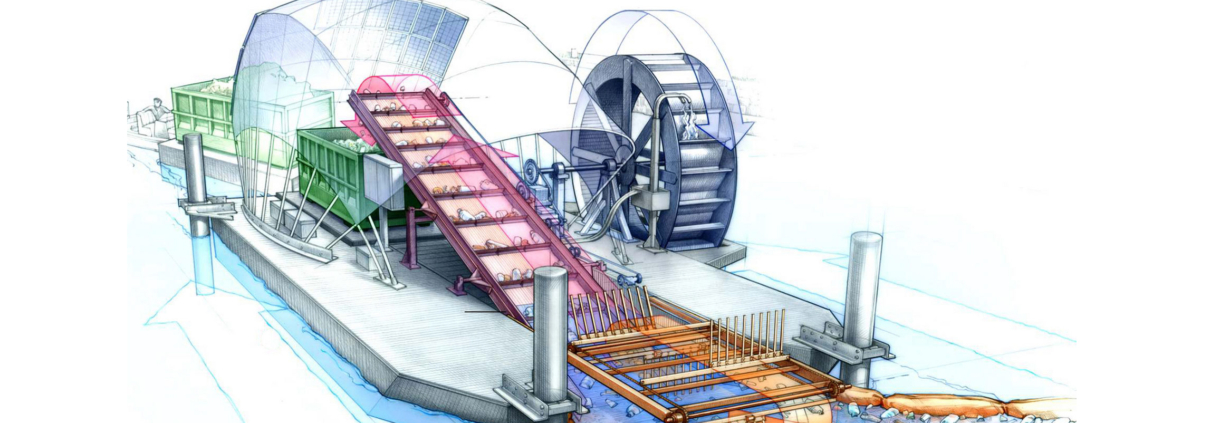
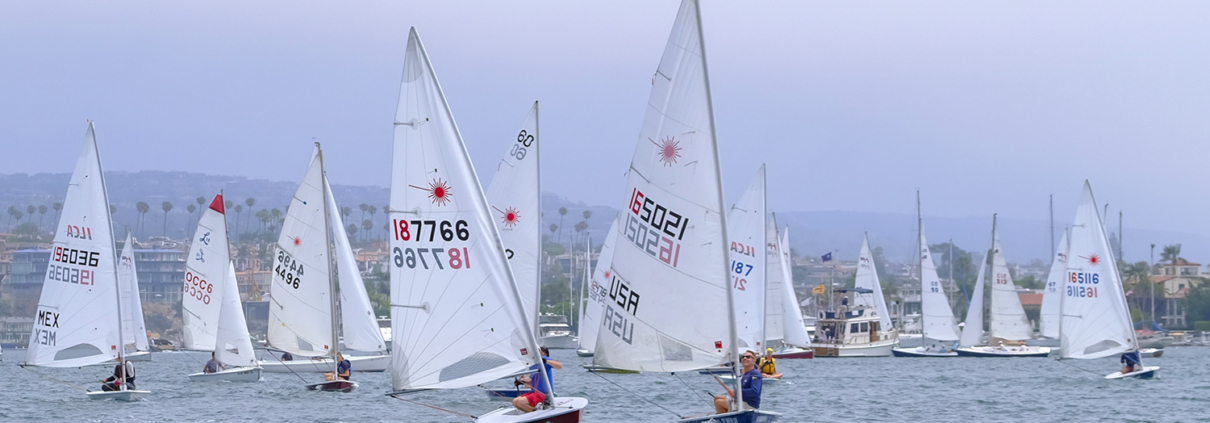
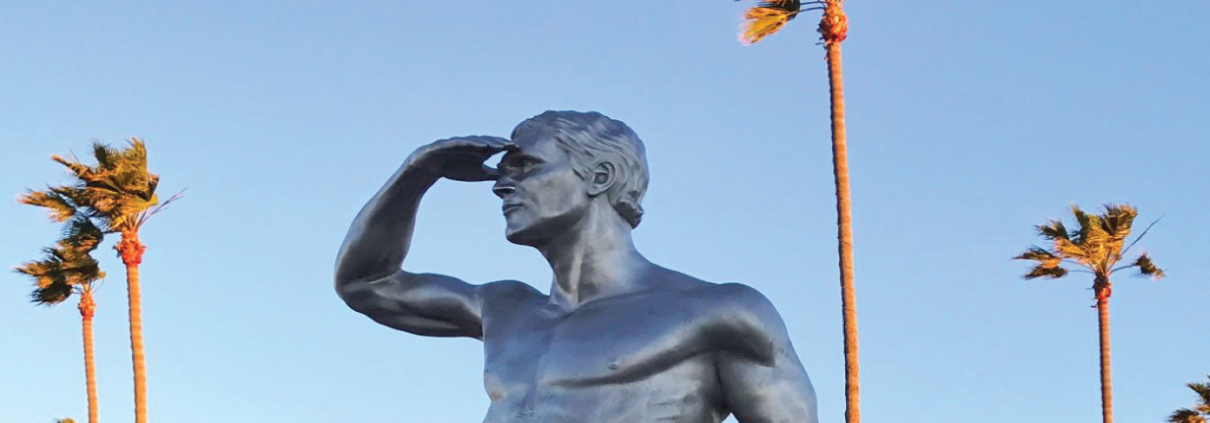
Leave a Reply
Want to join the discussion?Feel free to contribute!